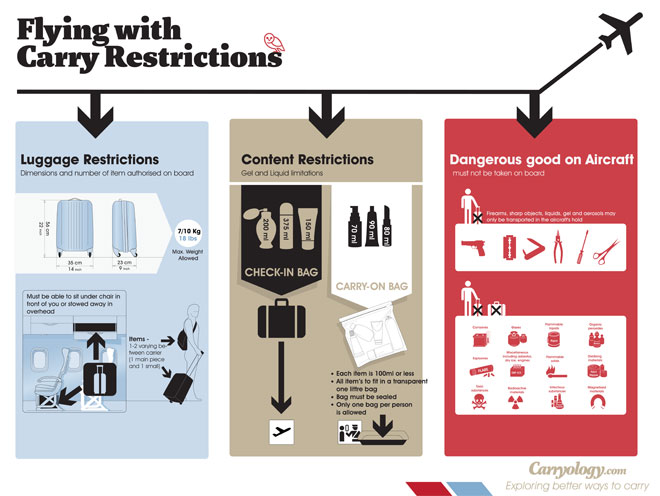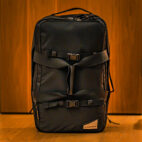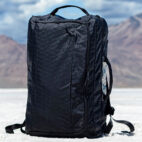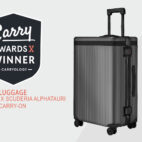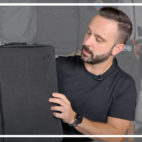Carry On Week :: Part I
Carry On Week | Part I
Welcome to Theme Week, a new segment in Carryology where we talk about one carry subject for an entire week. This week is obviously all about the Carry On (when flying economy) and is coming in a five part series. First part, this post, is sharing basic knowledge about Carry Restrictions when flying economy, presented in a nice infographic.
For a high res version of the above image, click here.
For more detail than the above image provides, we’ve sliced together a bunch of info below. If we’ve missed anything feel free to let us know in the comments.
Carry on
Note: In general, US airlines let you carry on bigger and heavier bags. Everywhere else is tighter on restrictions, so we’ve based this on more general international guidelines.
Sizes – 9 x 14 x 22 inches (23 x 35 x 56 cm)
Weight – 7/10kg varying between carrier
Items – 1-2 varying between carrier (1 main piece and 1 small)
**Must be able to sit under chair in front of you or stowed away in overhead
Plastic Bagged Items –
All liquids, aerosols (need caps) and gels must be carried in containers of no greater than 100ml/3.3oz capacity (approximately 100gm in weight). All containers must fit comfortably in a transparent, resealable plastic bag. The plastic bag must be no greater than 1 litre (1 quart) in capacity with a total outer edge measurement of the sealed section of the bag no larger than 80cm. There is a limit of one plastic bag per passenger. The plastic bag must be removed from carry on baggage and presented to security personnel at the checkpoint for inspection and separate x-ray screening. Containers larger than 100ml/3.3oz will not be accepted, even if only partially filled.
As an exception, the transport of:
Medication: in this case it is possible that a prescription certifying use by the passenger during the flight might be requested.
Baby food: provided that you are travelling with infants.
Dietetic food: provided that they are for use during the flight and that the amounts are in accord with the duration of the trip. In this case it is possible that its authenticity be proven.
To be sure though, make sure to check with your airline first to get their exact requirements.
Dangerous Goods:
That must not be taken on board:
*Corrosives
*Gases
*Flammable Liquids or Solids
*Explosives
*Misc (asbestos, dry ice)
*Organic Peroxides
*Toxic or Infectious Substances
*Magnetised or Radioactive Materials
*Petrol or Gas engine equipment
That may be taken on board
*Alcohol Beverages
*Aerosols in Division 2.2
*Toiletry/Medicinal Articles
*Medicinal Oxygen (Liquid Oxygen no permitted)
*Safety Matches and Lighters
*Wheelchairs or other Battery Powered Mobility Devices
*Heat Producing Articles
Musical Equipment
When taking musical equipment on board you have to be aware that with the items being fragile, they must be transported in containers specifically designed for them to ensure the safety of the items. Small instruments may be carried in the cabin, provided that they are going in their case and comply with the requirements established for hand luggage.
And again, be sure to check with the airline you’re flying with before checking in to be completely sure of what you can and can’t take.
—-
To round it out here’s the top Airlines of 2010, you could take a peek at their carry restrictions and pretty much be safe for every other airline in the world. (the links are set to each carriers baggage pages)
1. Asiana Airlines
2. Singapore Airlines
3. Qatar Airways
4. Cathay Pacific
5. Air New Zealand
6. Etihad Airways
7. Qantas Airways
8. Emirates
9. Thai Airways
10. Malaysia Airlines





 Carry Awards
Carry Awards Insights
Insights Liking
Liking Projects
Projects Interviews
Interviews

